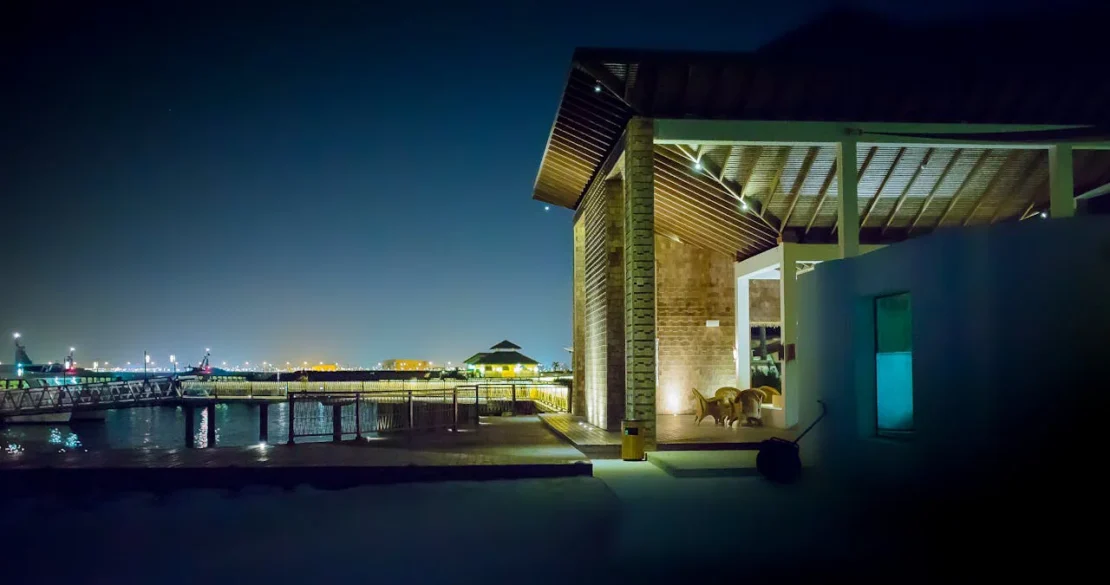Biomimicry, the practice of emulating nature’s time-tested patterns and strategies, has become a catalyst for innovation in architecture. By observing and replicating natural designs, architects develop sustainable and efficient structures.reuters.com
Understanding Biomimicry in Architecture:
Biomimicry involves studying nature’s models and emulating these forms, processes, and ecosystems to solve human challenges sustainably. en.wikipedia.org
Notable Examples of Biomimetic Architecture:
- Eastgate Centre, Harare, Zimbabwe: This shopping center and office building utilizes a passive cooling system inspired by termite mounds, maintaining comfortable indoor temperatures without conventional air conditioning.
- Eden Project, Cornwall, UK: The hexagonal patterns of the soap bubble-inspired domes create efficient and lightweight structures, housing diverse plant species.
- Beijing National Stadium (Bird’s Nest), China: The stadium’s design draws from bird nest structures, providing both aesthetic appeal and structural integrity.
Benefits of Biomimicry in Architecture:
- Sustainability: Promotes eco-friendly designs that harmonize with the environment.mmoser.com
- Innovation: Encourages creative problem-solving by learning from nature’s efficiency.
- Resilience: Develops structures capable of adapting to changing environmental conditions.
By integrating biomimicry, architects create buildings that are not only innovative but also aligned with ecological principles, leading to sustainable urban development.







